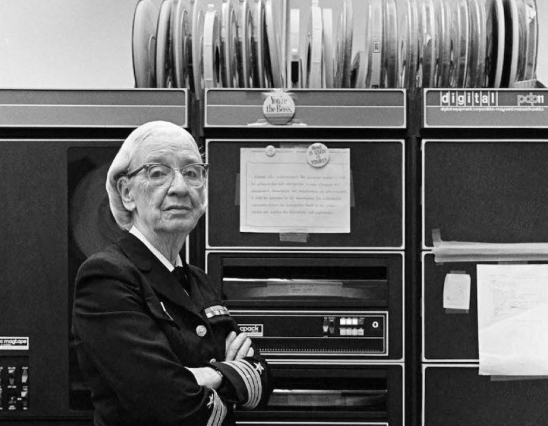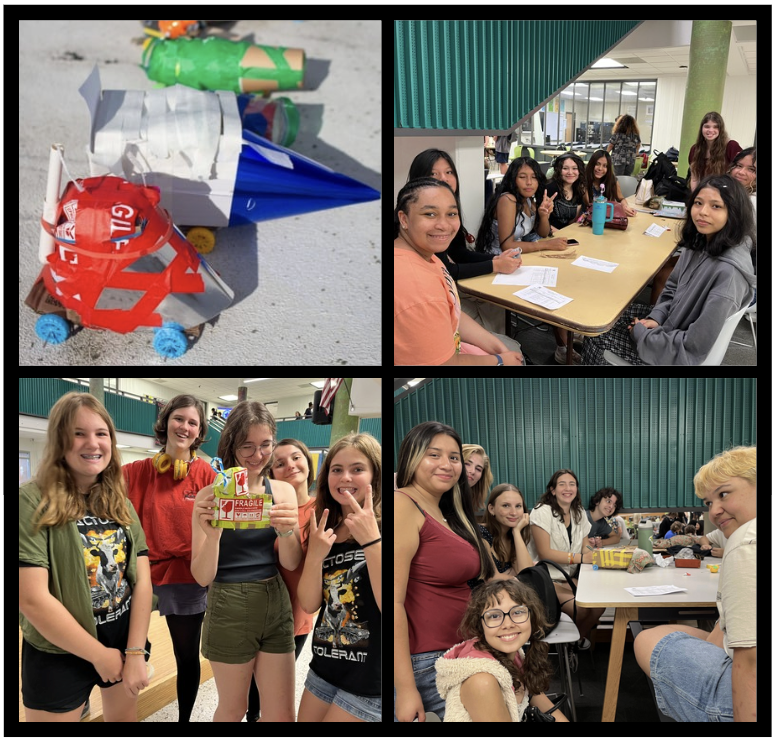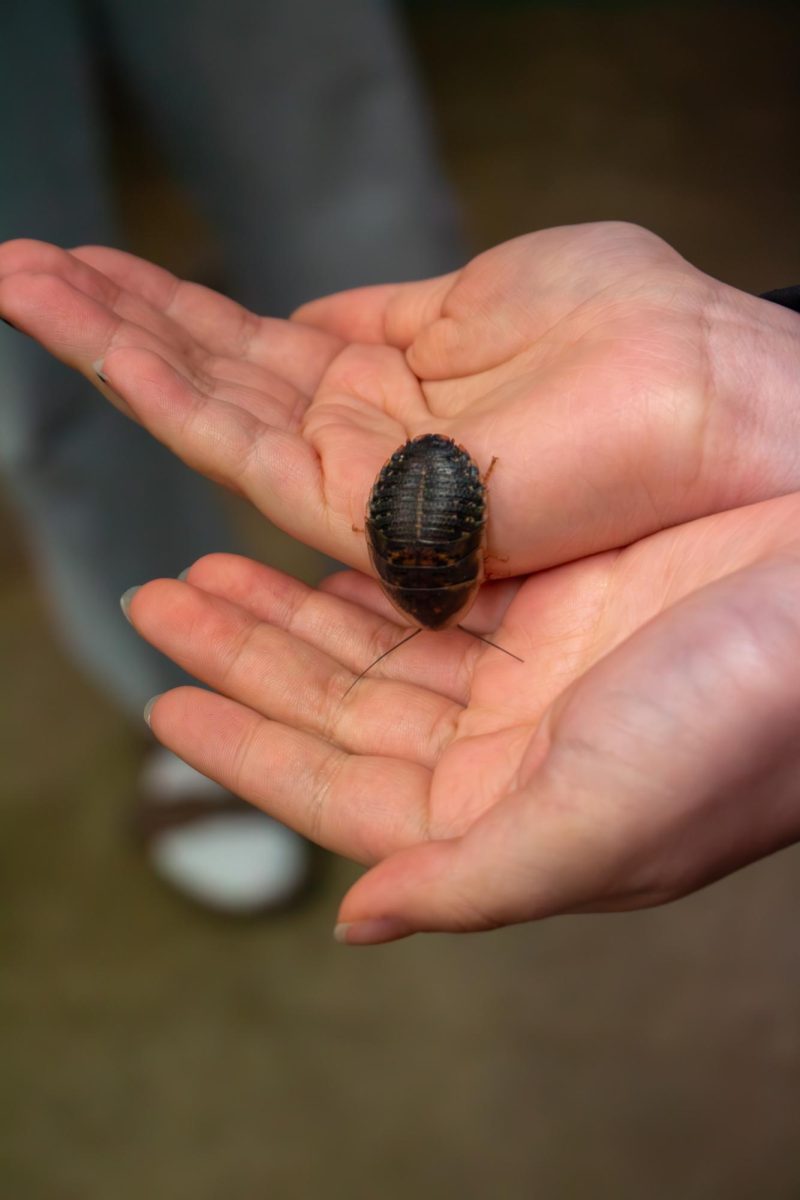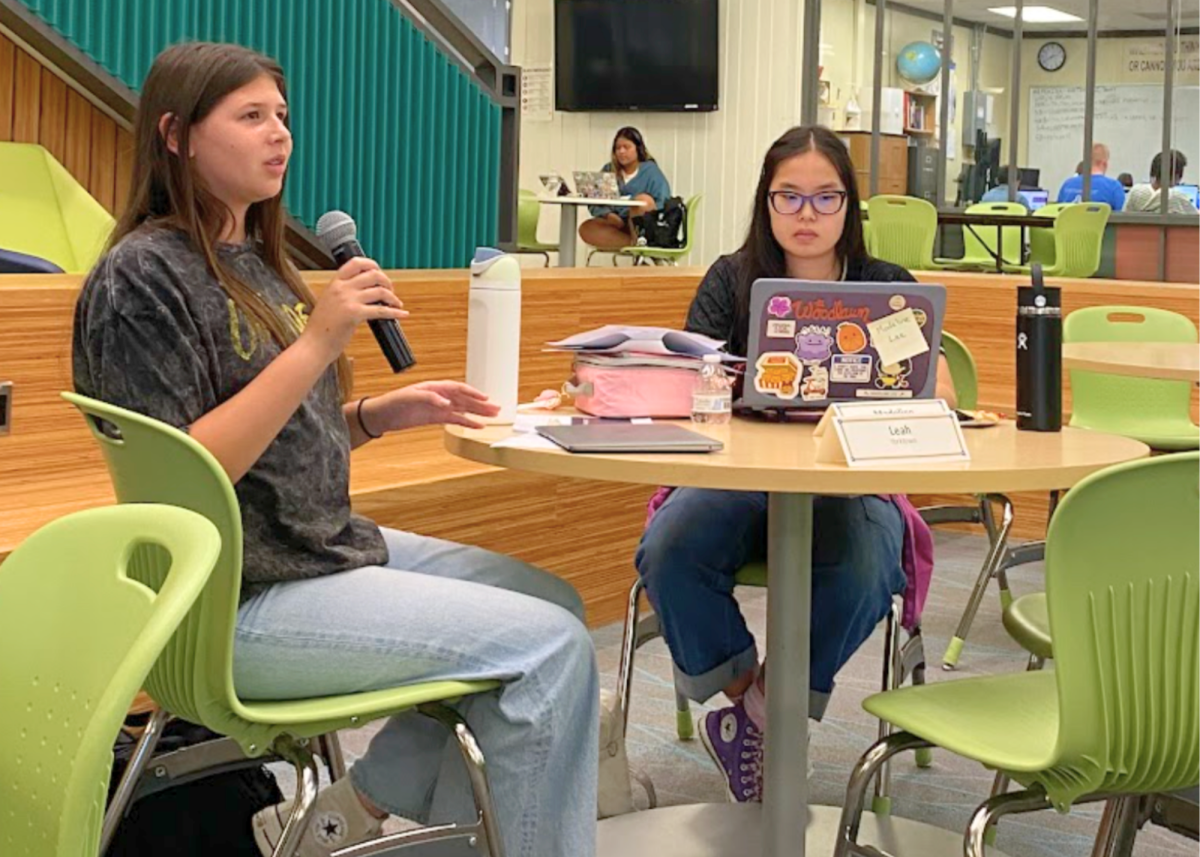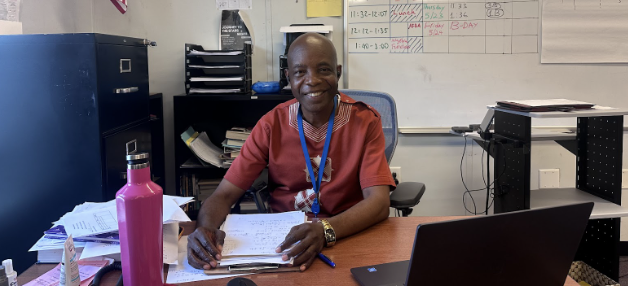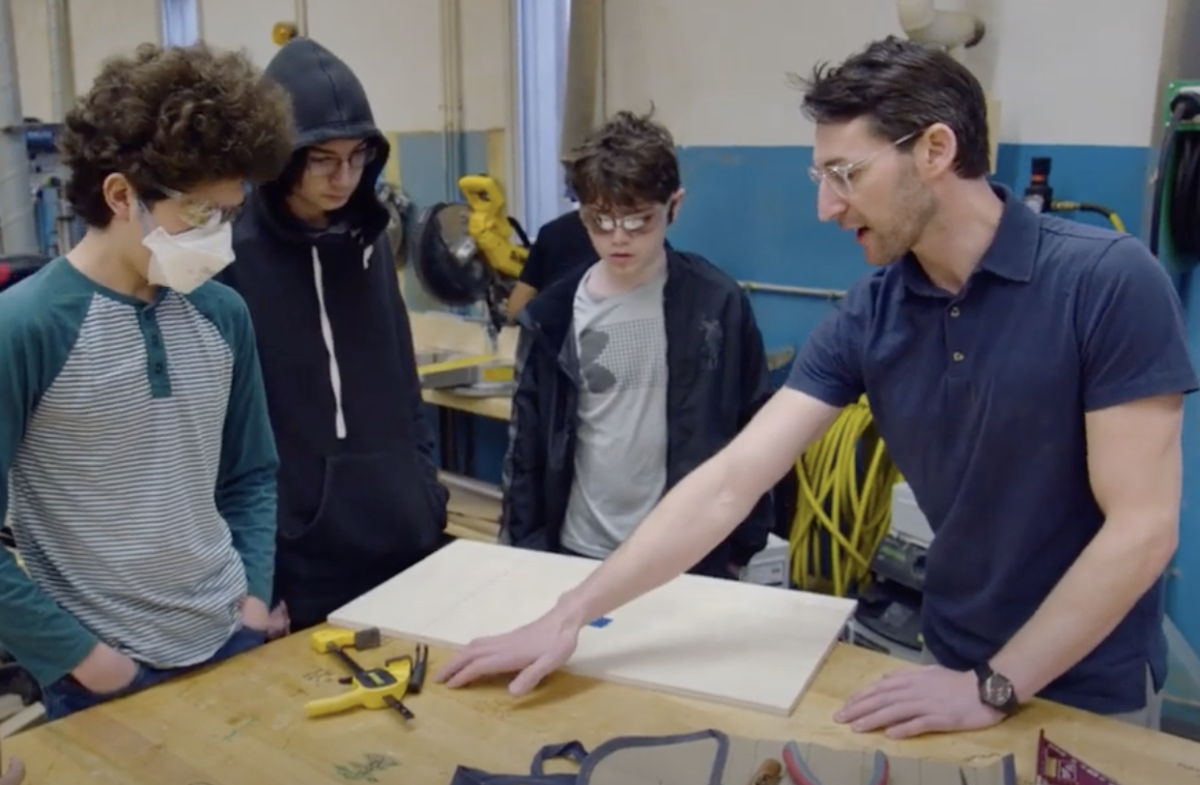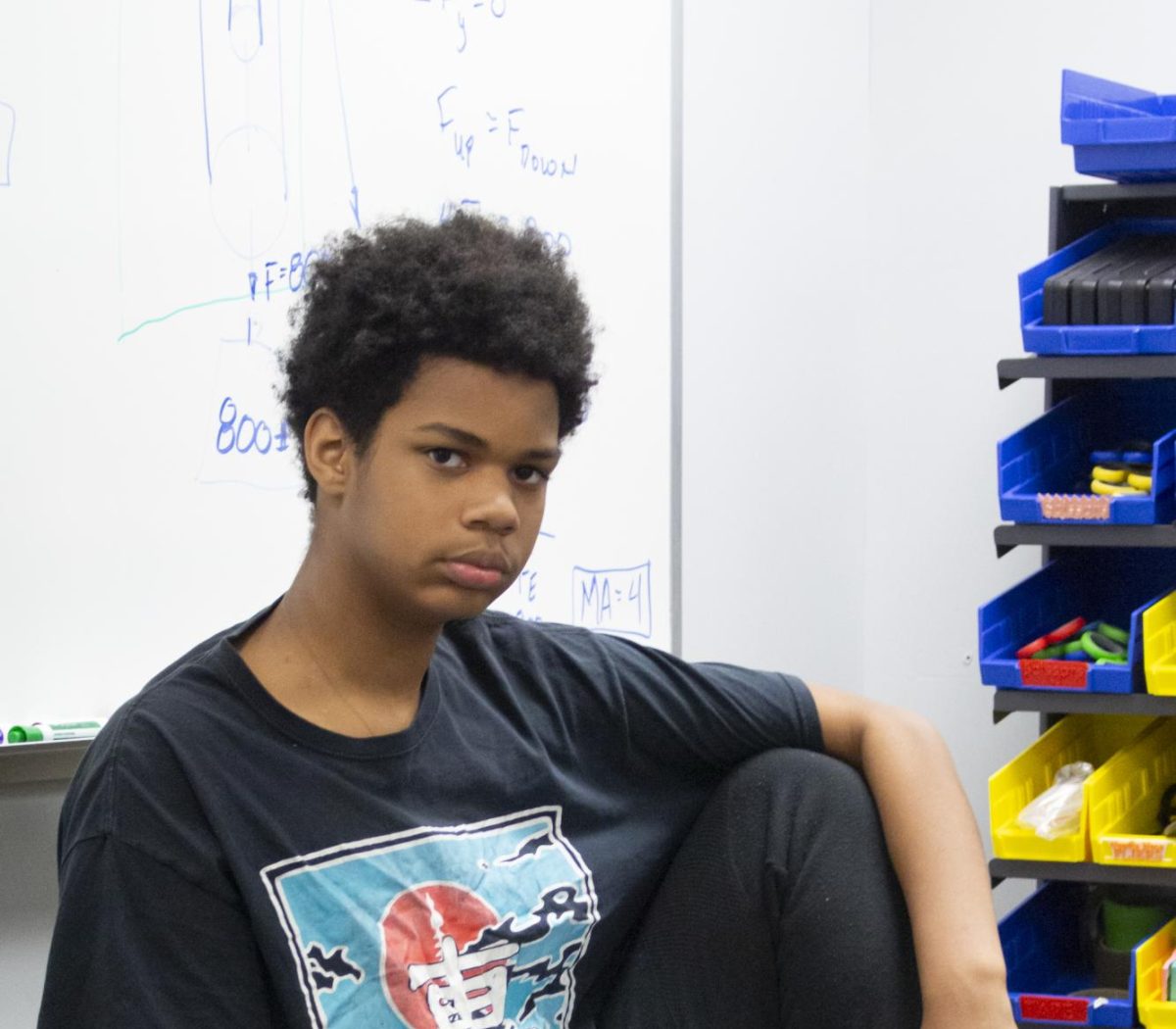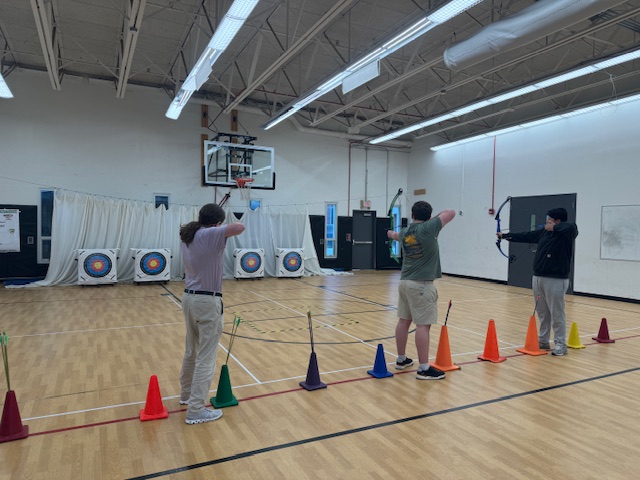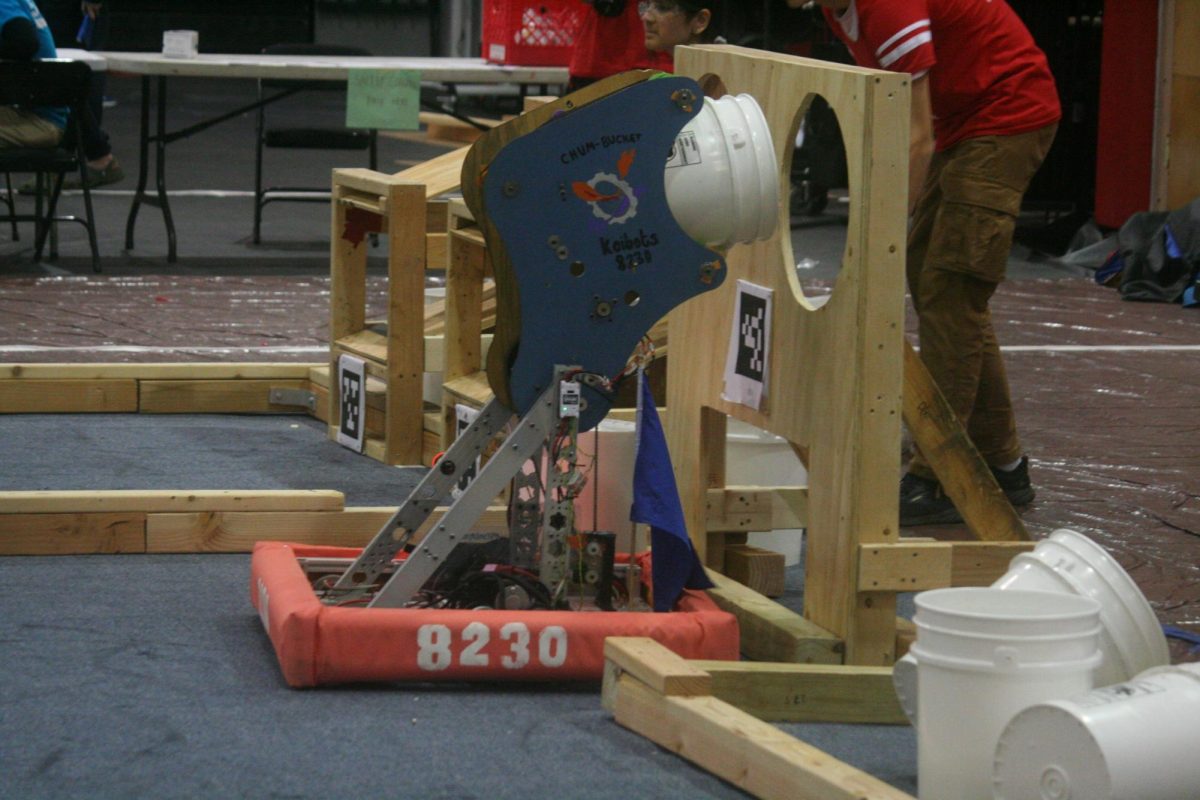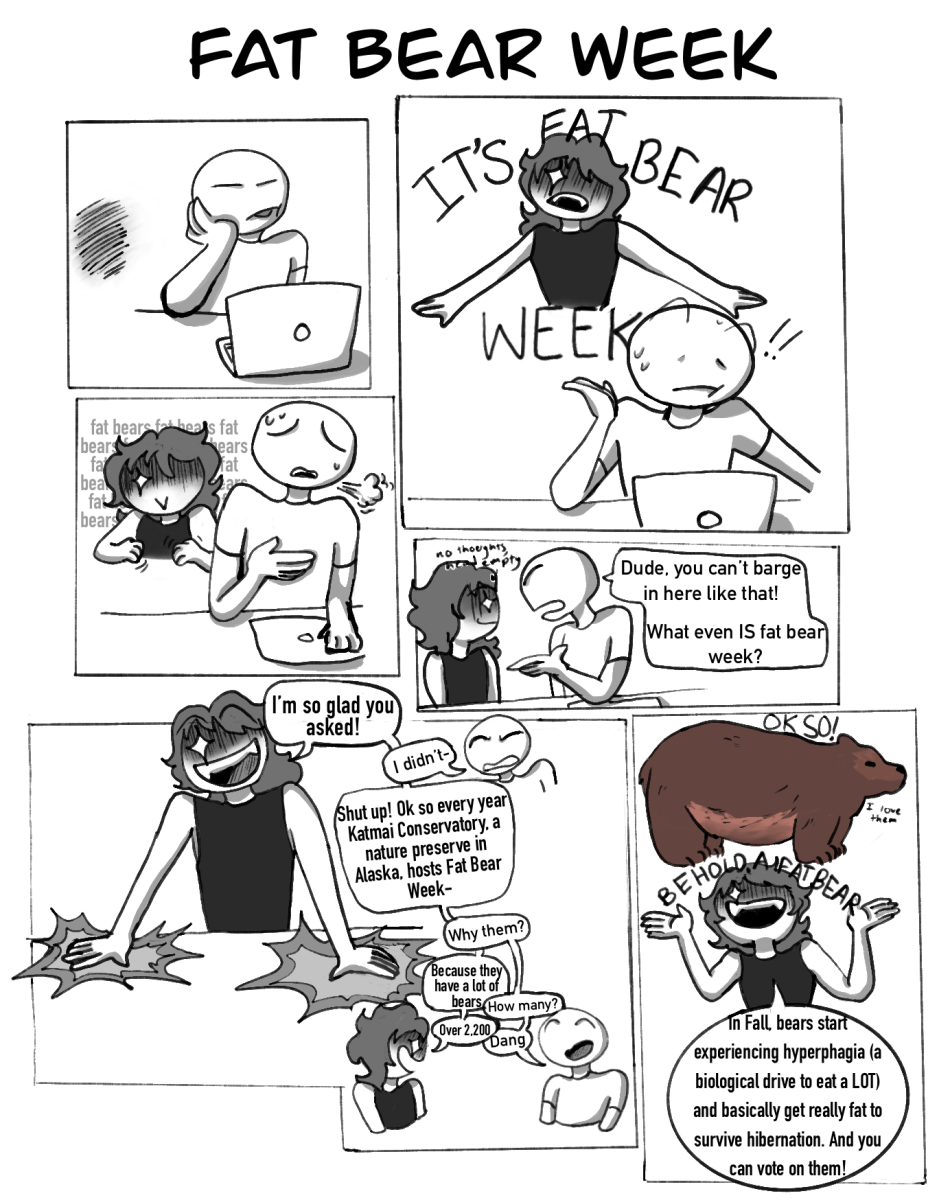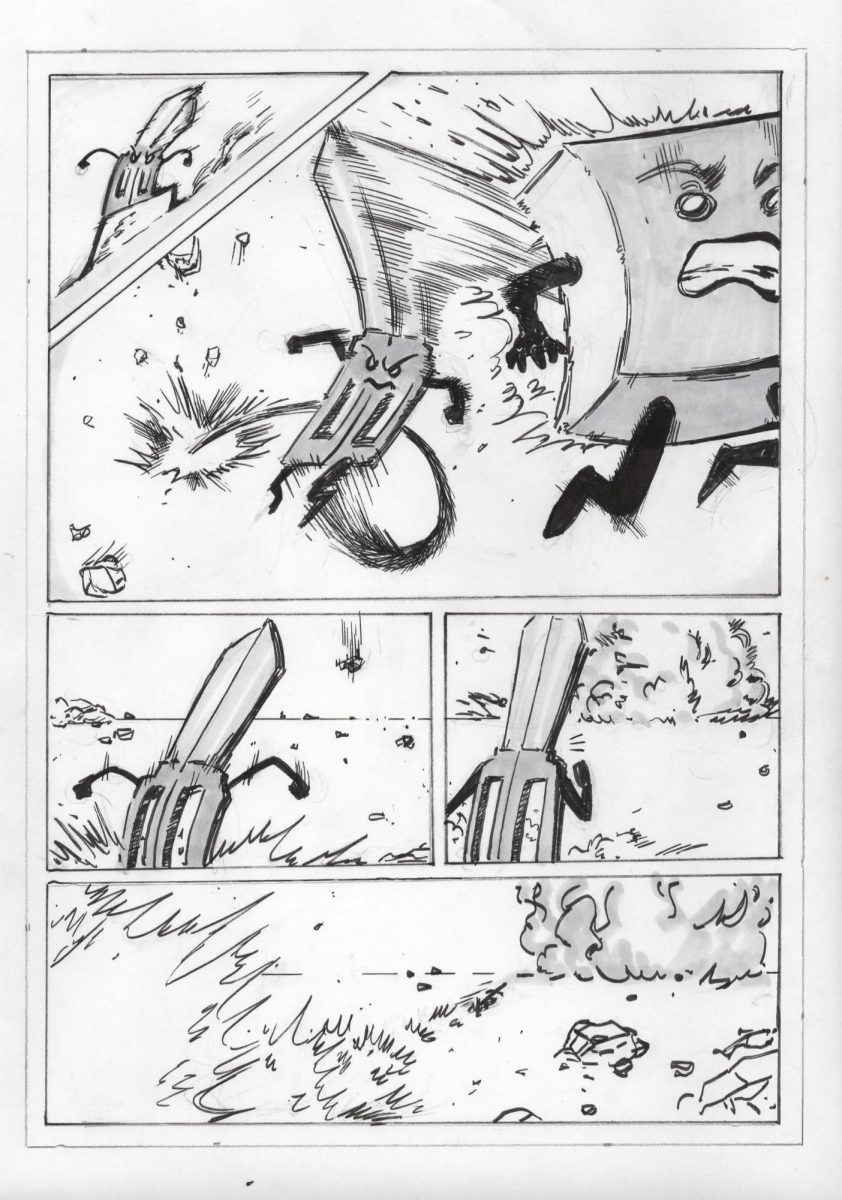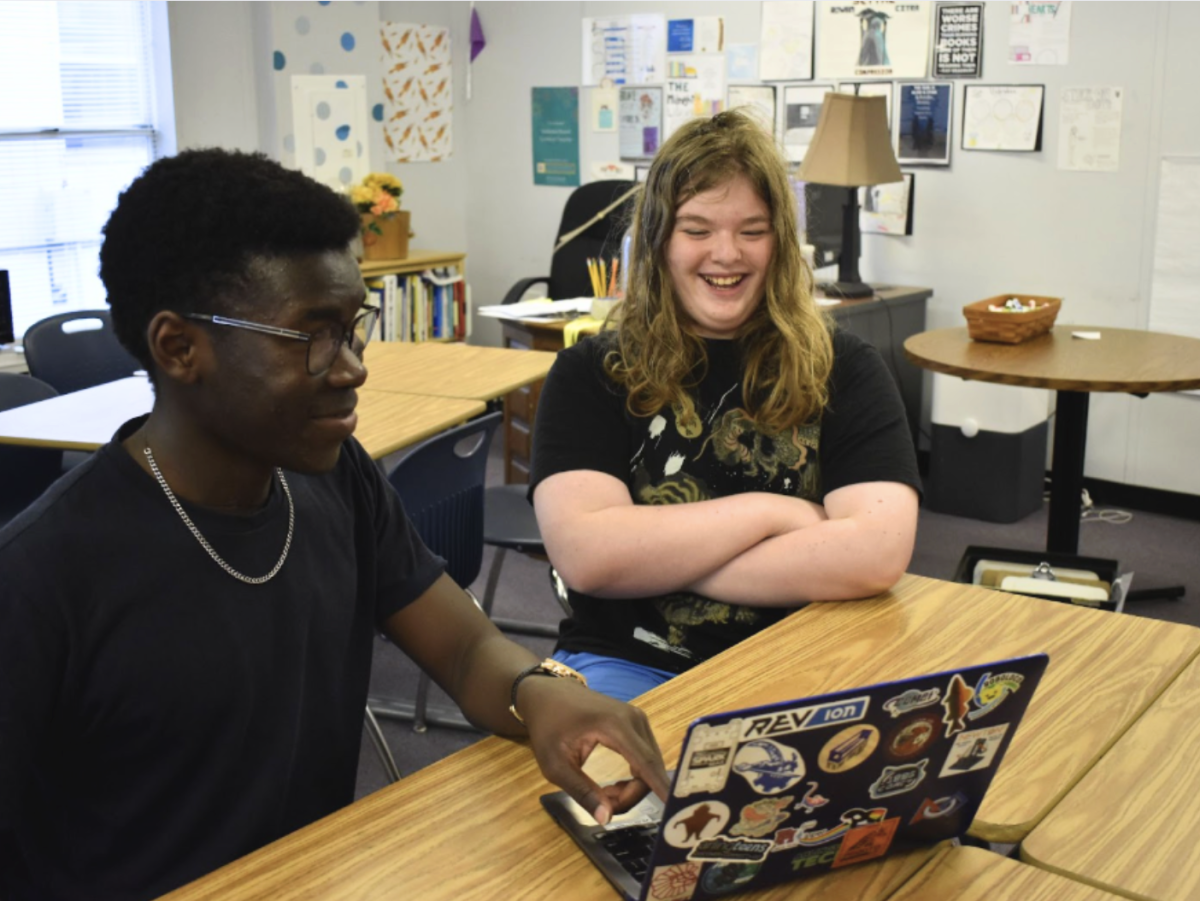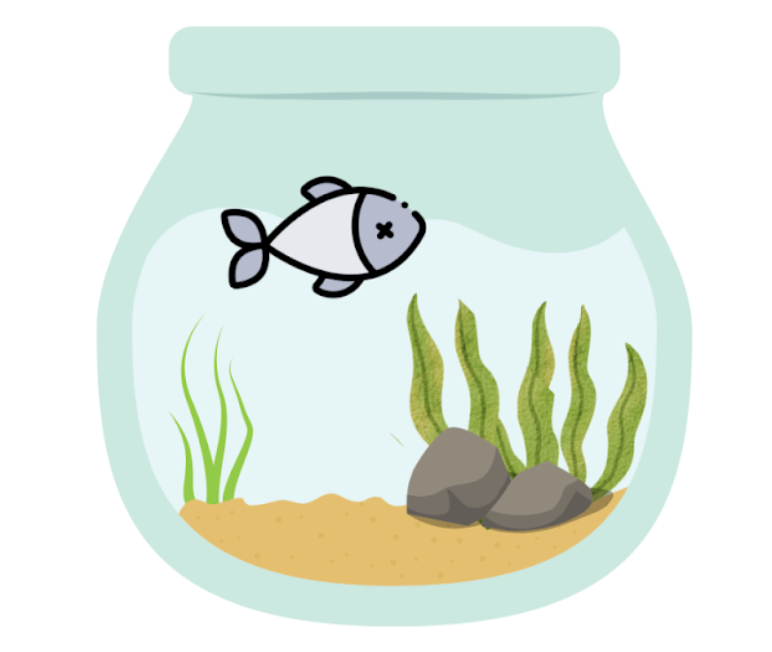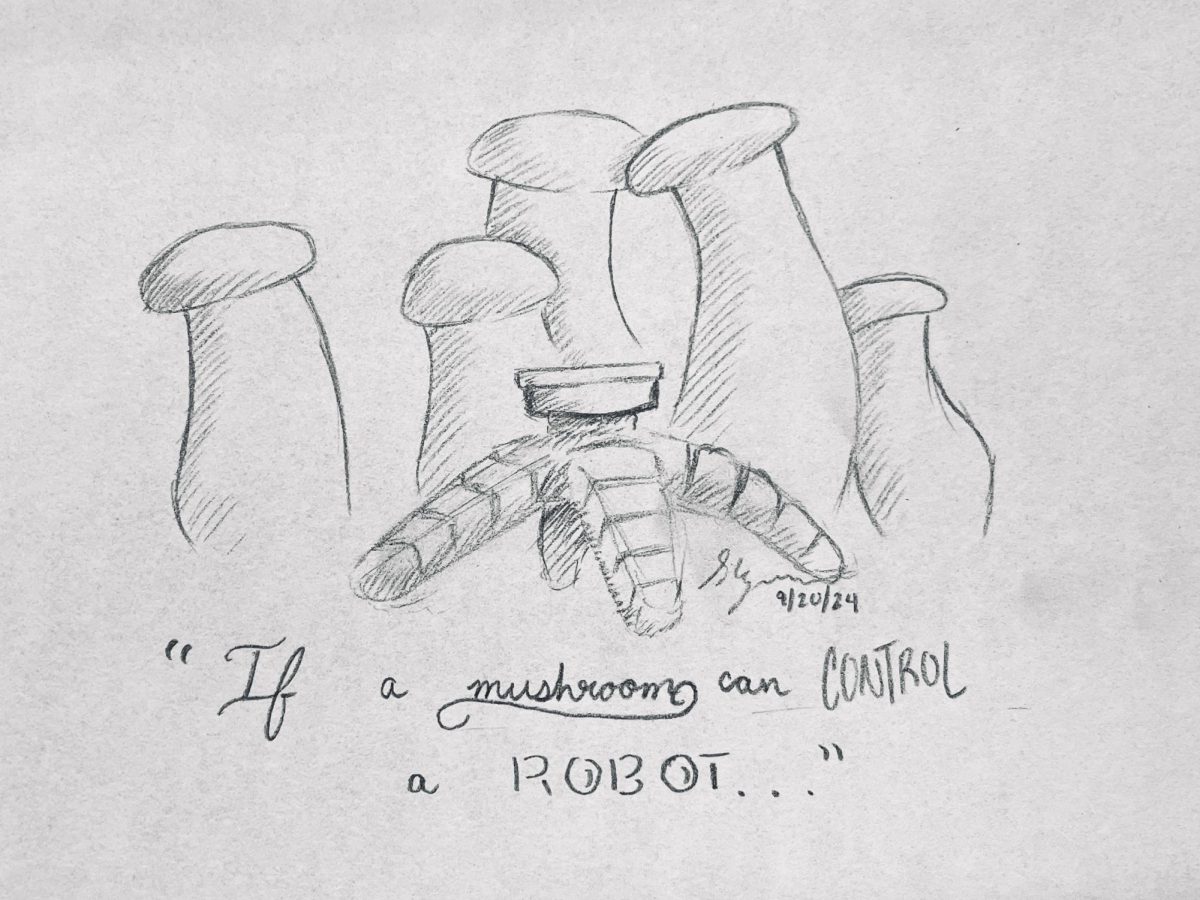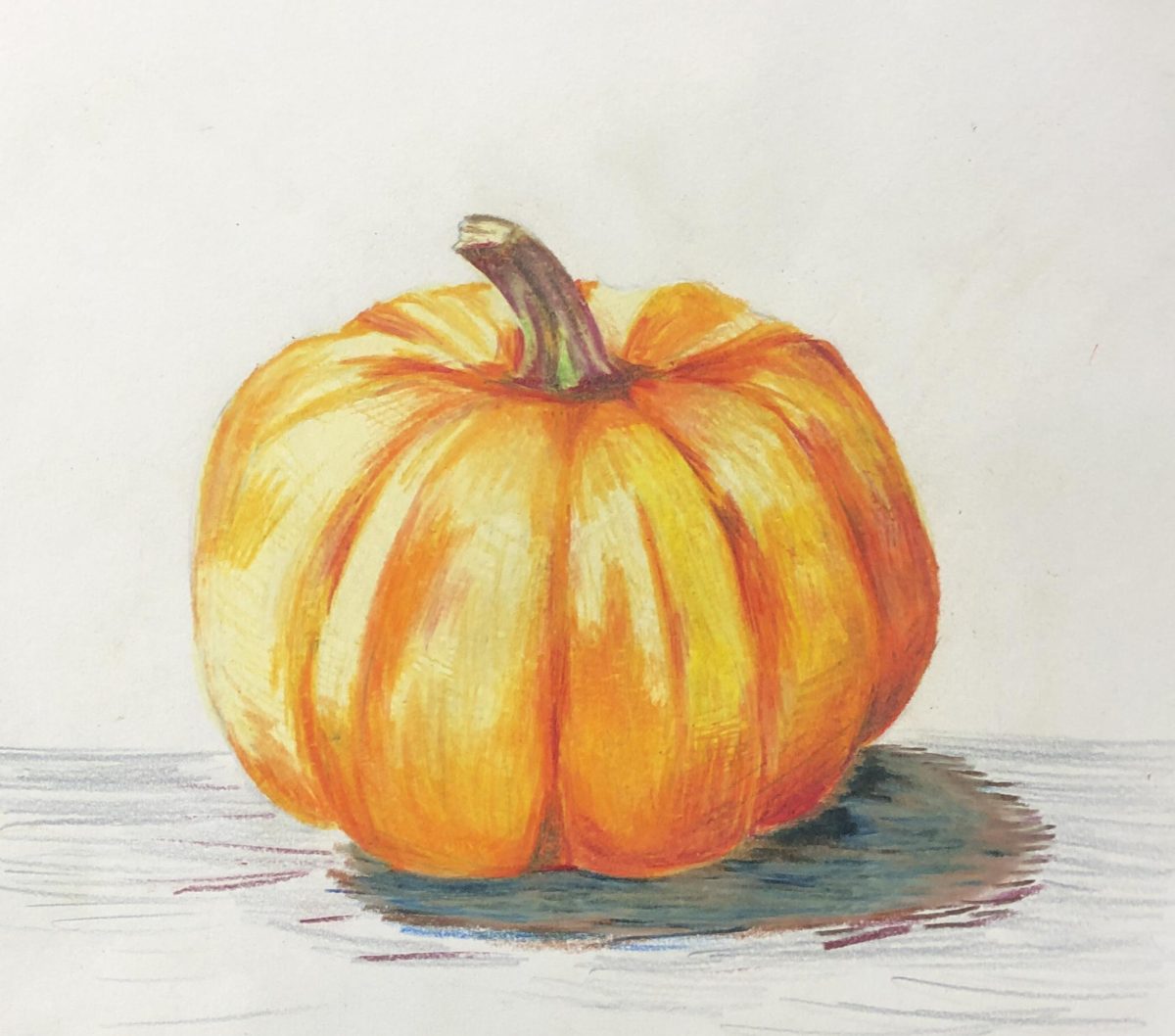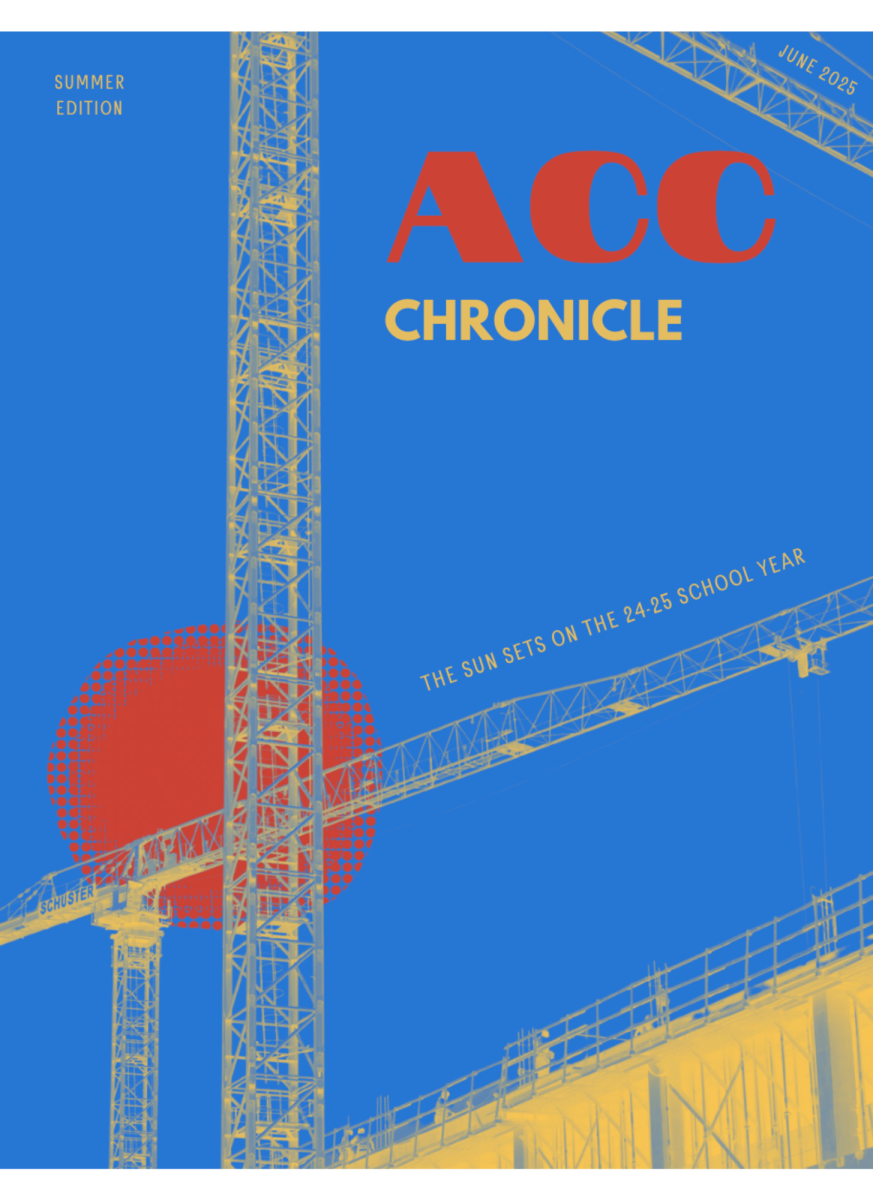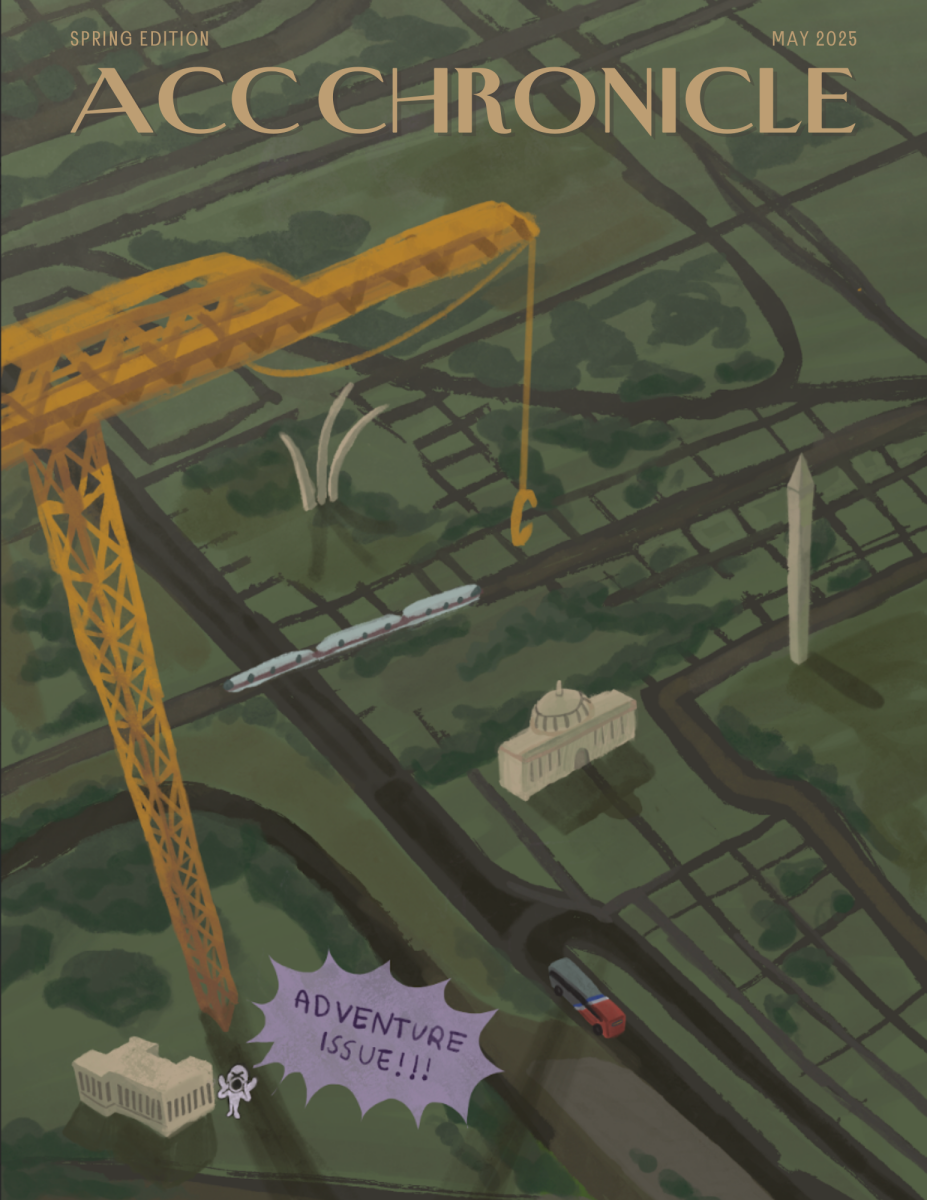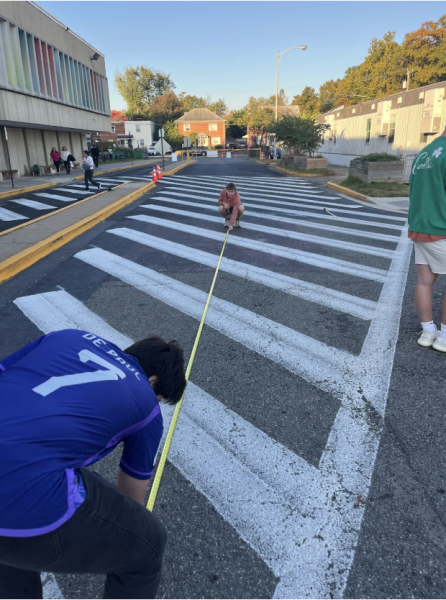
A few weeks ago, students may have noticed several of their peers participating in a rather strange activity. Namely, members of the junior class were engulfed in launching water balloons out of catapults in the parking lot for seemingly no reason. However, these students were actually doing a project for their Dual Enrollment Physics class to learn about projectile motion and tension mechanics.
For several weeks before the day of the project, students were learning about different forms of movement such as linear, rotary, and the aforementioned projectile motion, as well as how to calculate them. For those unaware, projectile motion is two-dimensional parabolic motion of an object moving up and then rapidly down while keeping a consistent horizontal velocity. To cap off this motion unit, physics teacher Dr. Miller wanted students to have an enjoyable and informative hands-on experience of projectile motion, and so the catapult project was born.
The project tasked students with hitting three different targets in a line, each at least 10 meters away from the catapult and each other However, students couldn’t just make random guesses or pull back the catapult as far as they could and release. Instead, they were required to use the scientific method, running several trials with precise measurements such as height of the catapult, distance pulled back, and angle of launch, then checking the results, figuring out how to improve, rinse, and repeat.

In addition to the precise measurements, there was also always the possibility of random error, such as the water balloon used as ammunition popping as they launched, or even just falling out of the catapult and bursting on the ground.
Despite these challenges, students found the exercise to be quite enjoyable, with the feeling of hitting the target dead on or reaching a new record of distance (once all the targets had been hit) gave a great sense of accomplishment. In fact, it was so great that students began trying to find new ways to stretch the catapult as far as they could, such as holding the catapult over their shoulders for a better grip, or keeping the bag holding the water balloon open to avoid the problem of the balloon popping early.
Students just had fun launching water balloons in general, seeing them explode right on the target was endlessly satisfying, and the image of a classmate sopping wet after a failed attempt was simply hilarious. Students and teachers who looked out their classroom window on those few days might hav seen the experiment as nothing but chaos, but to the students participating, this was the joy of science.


